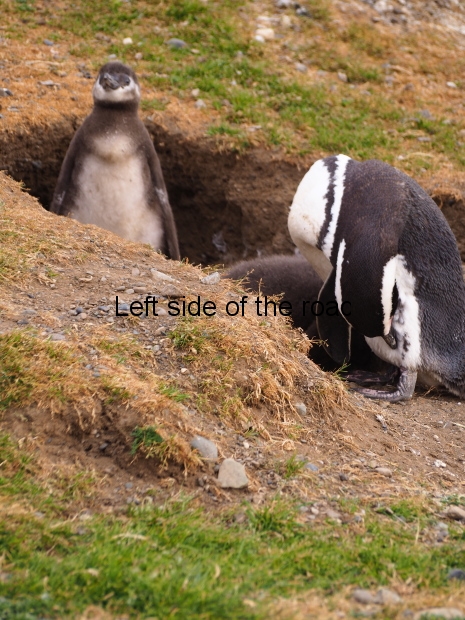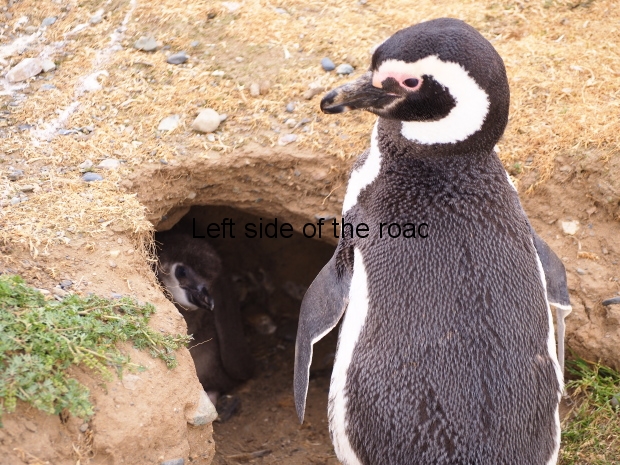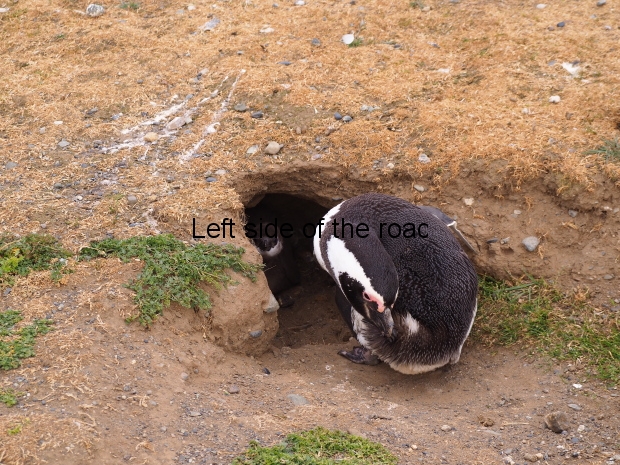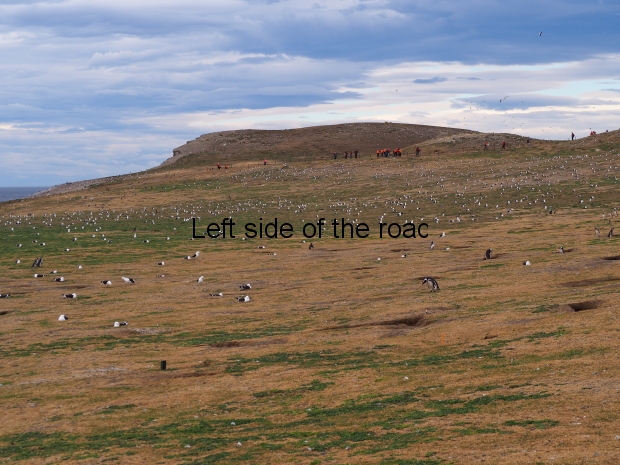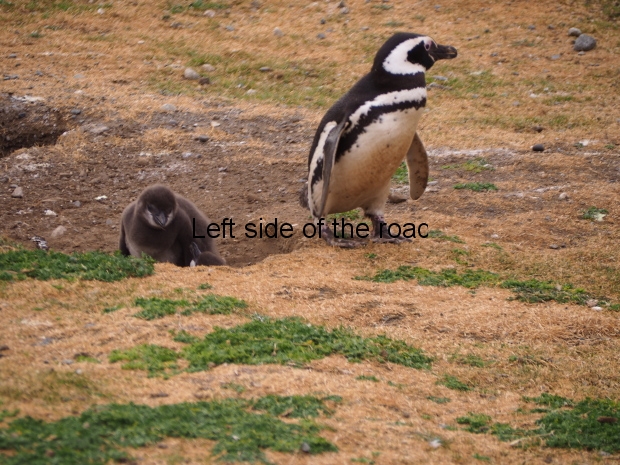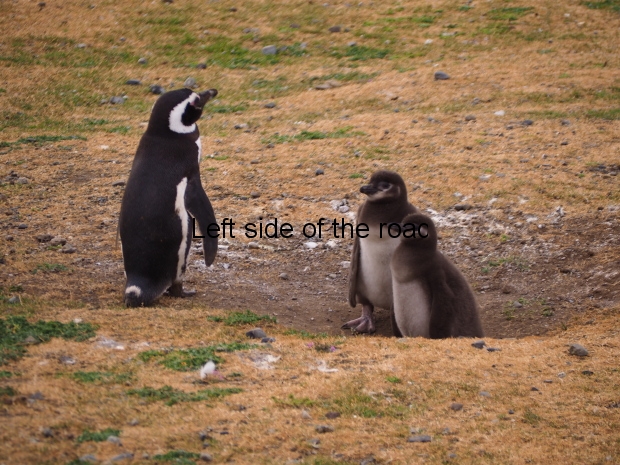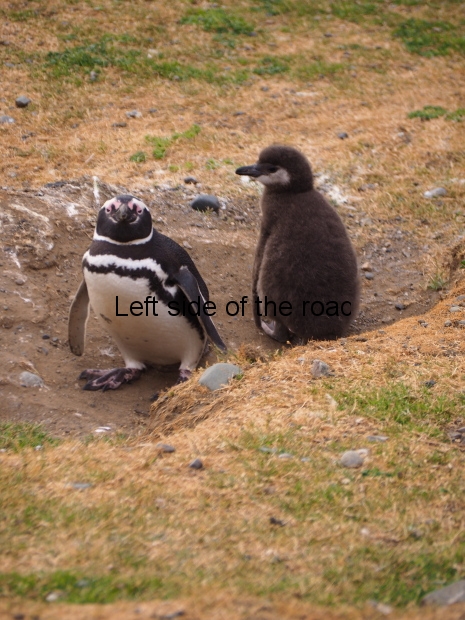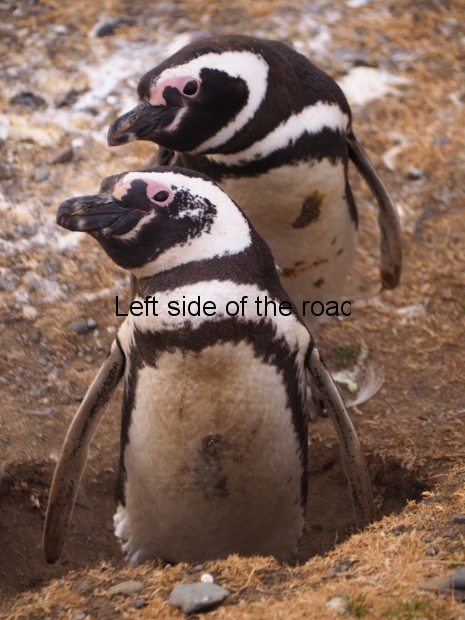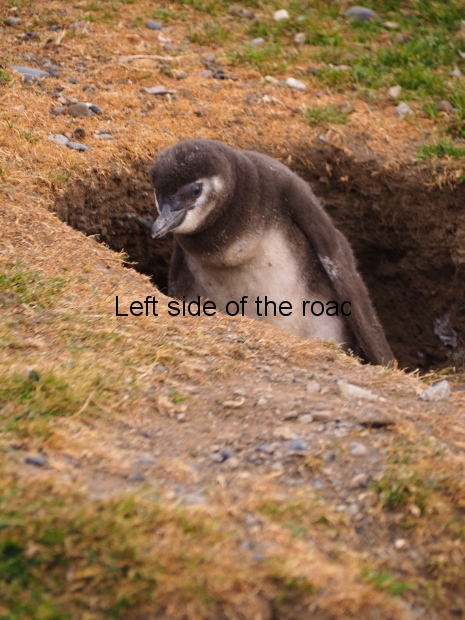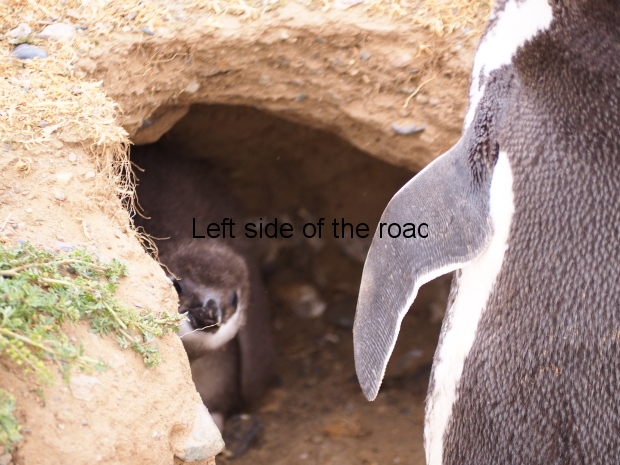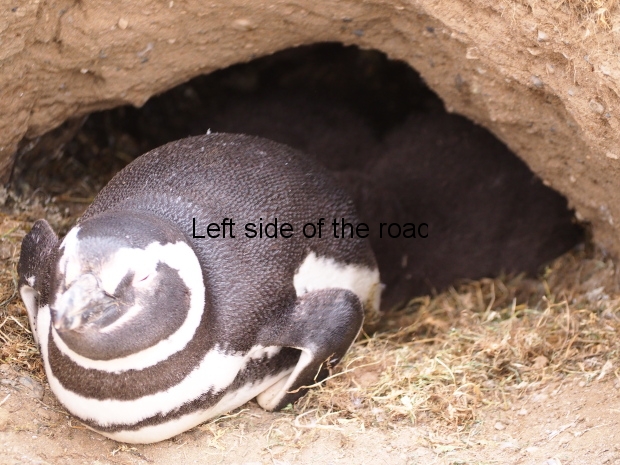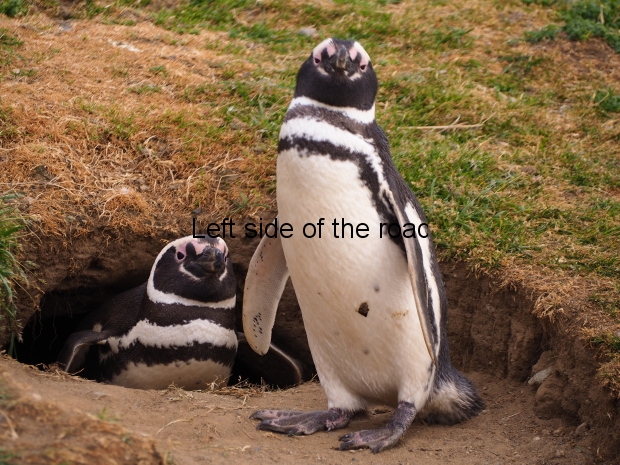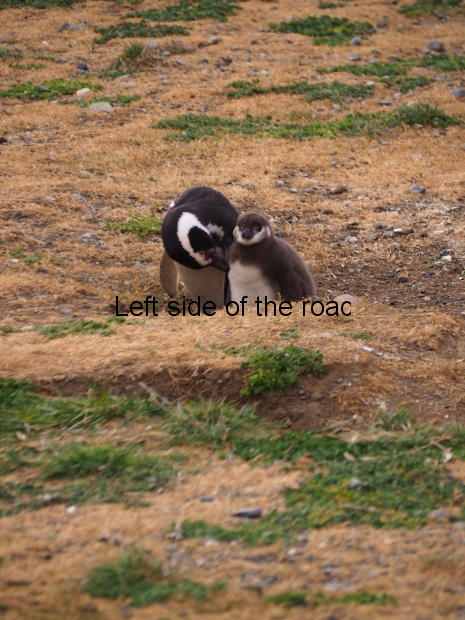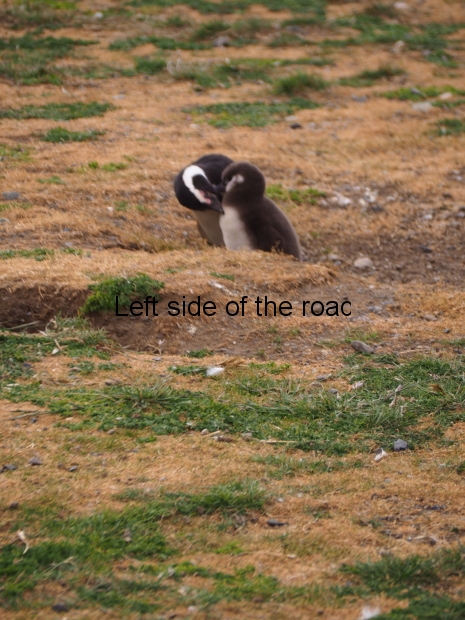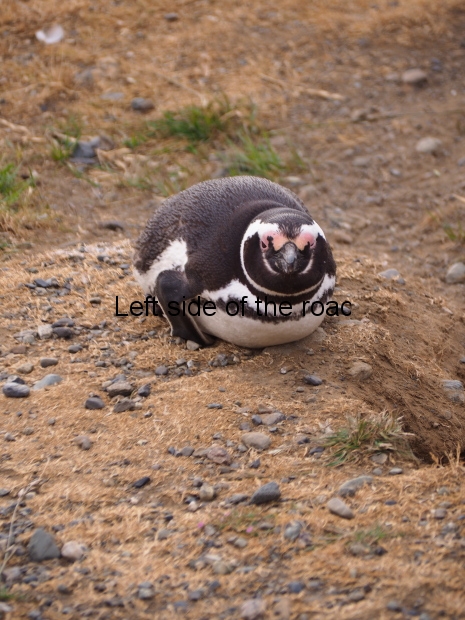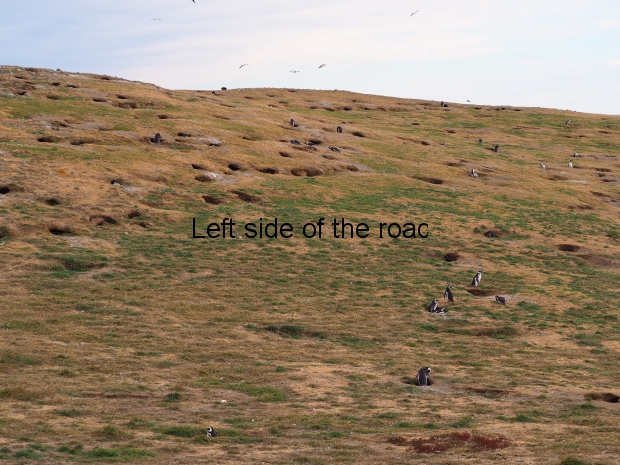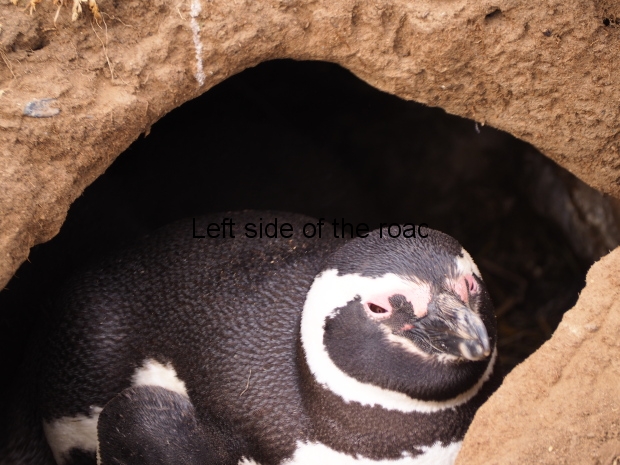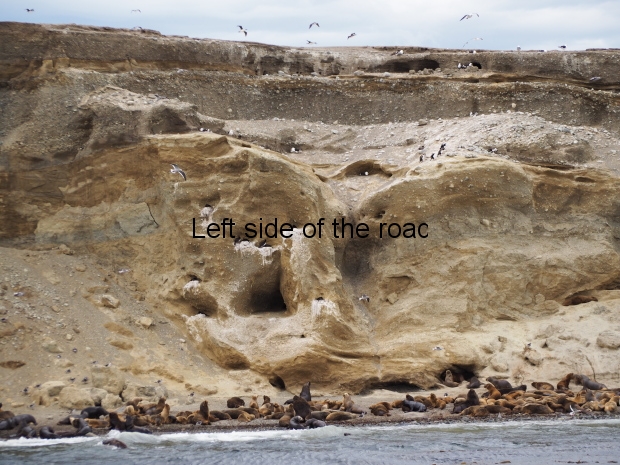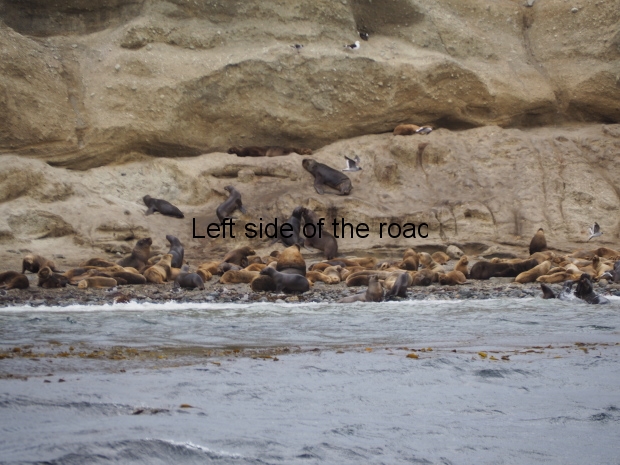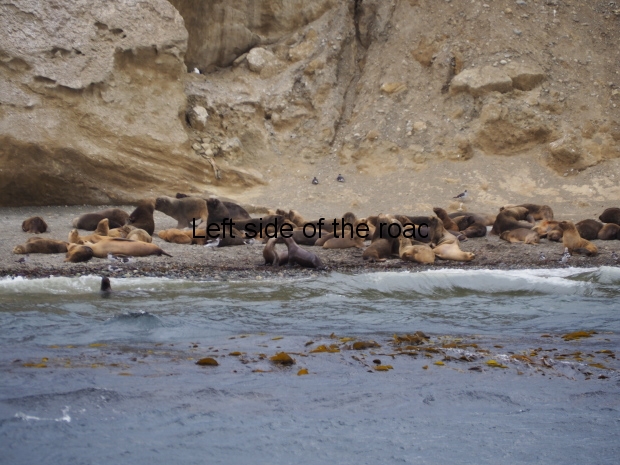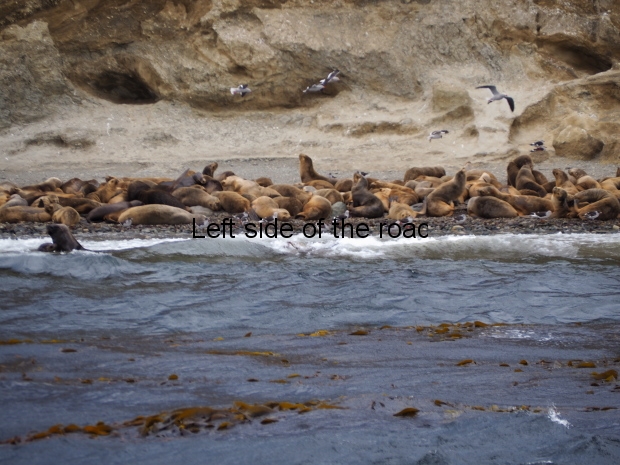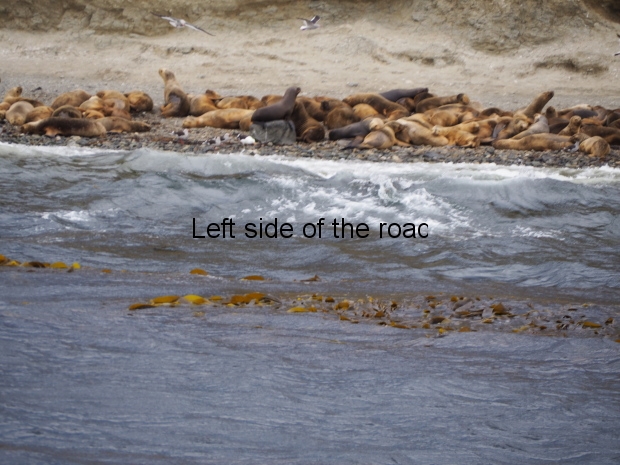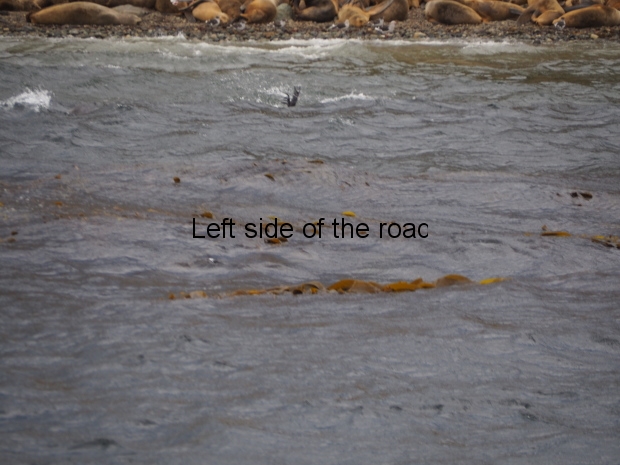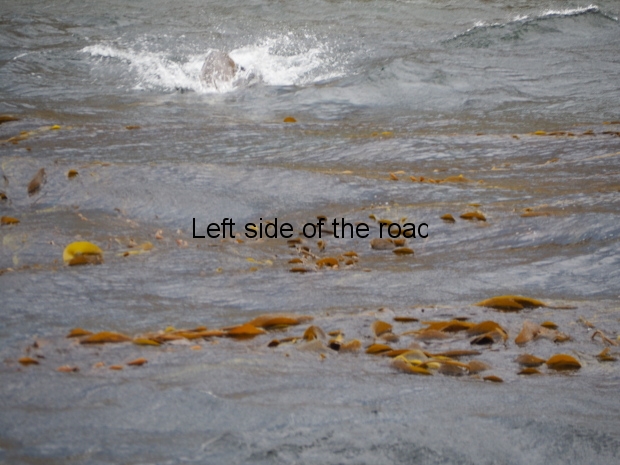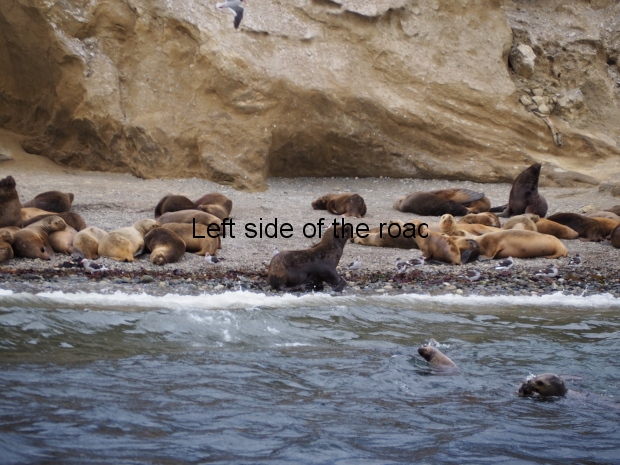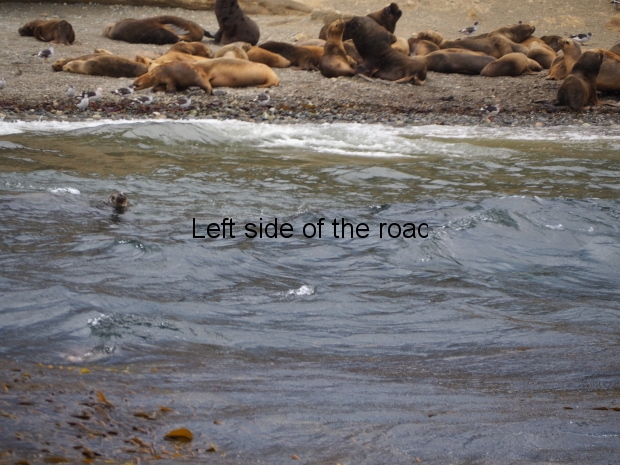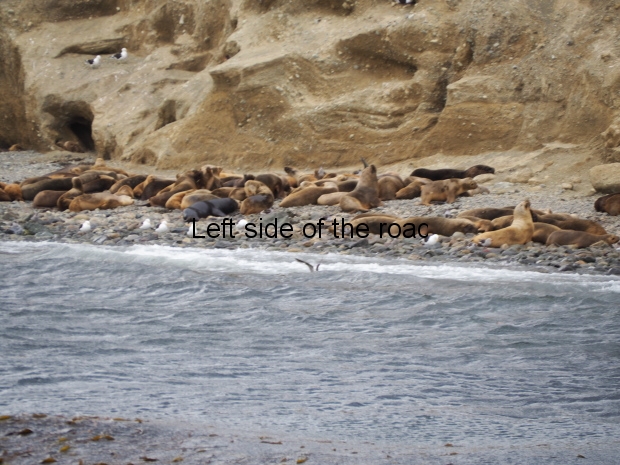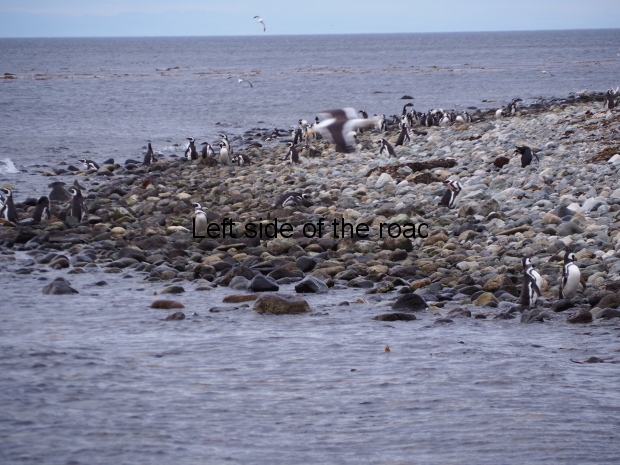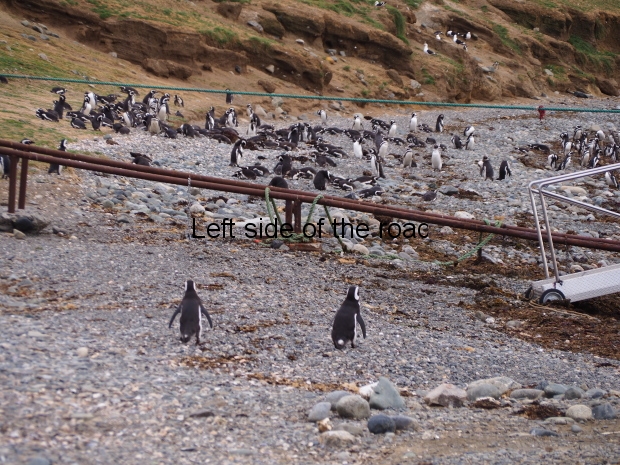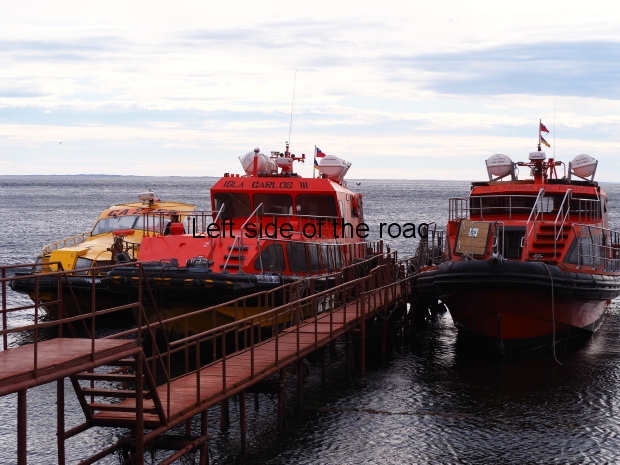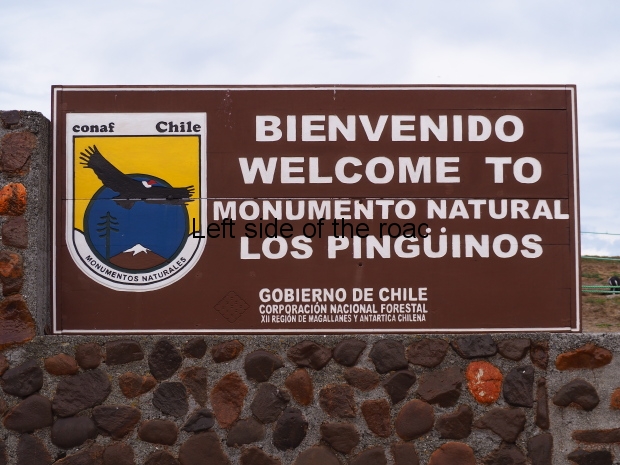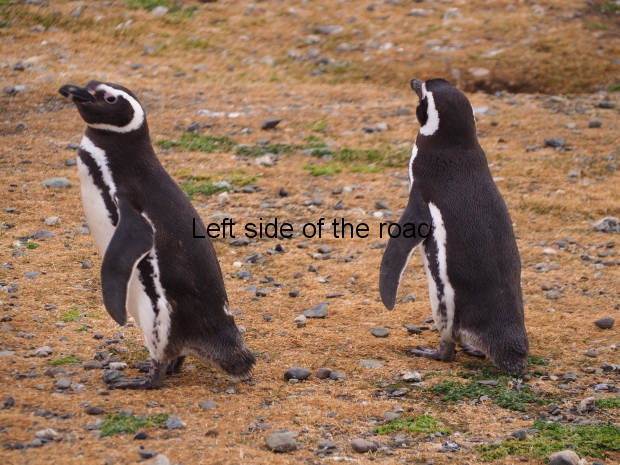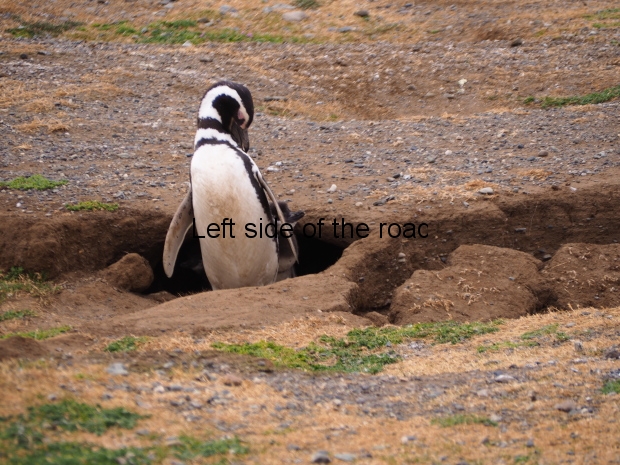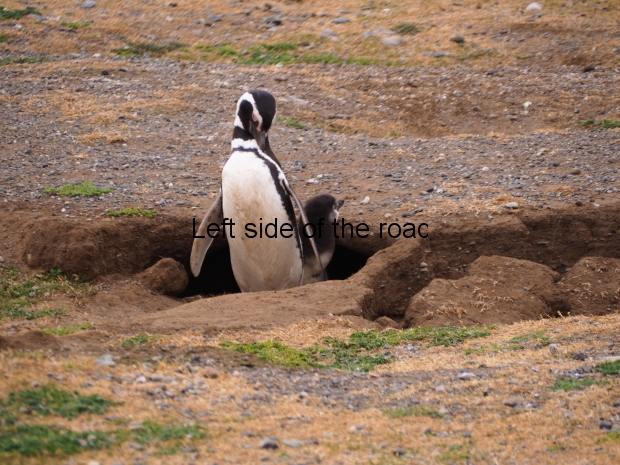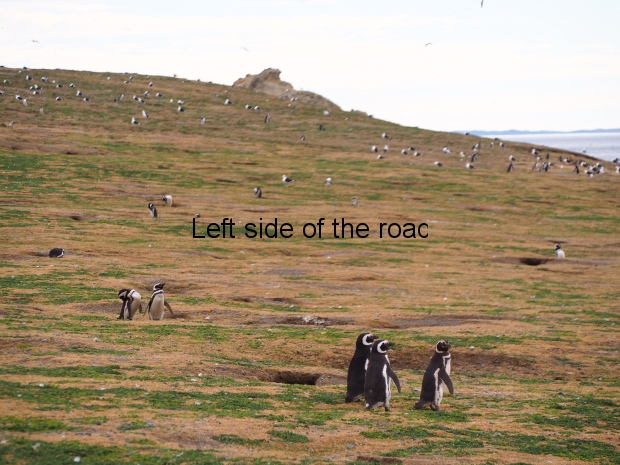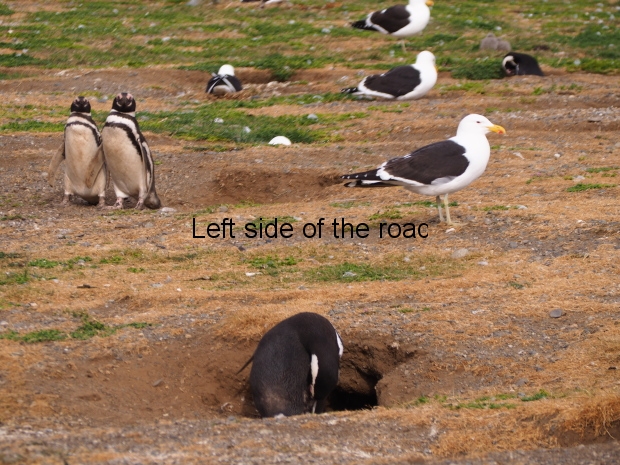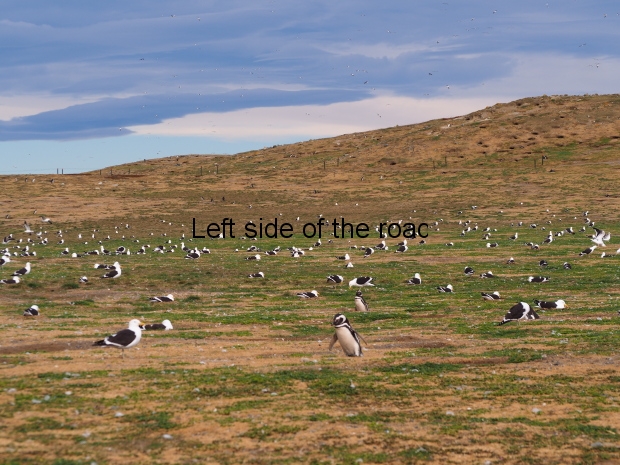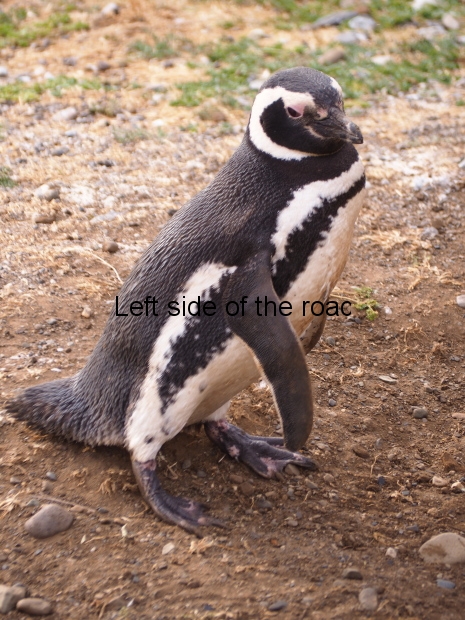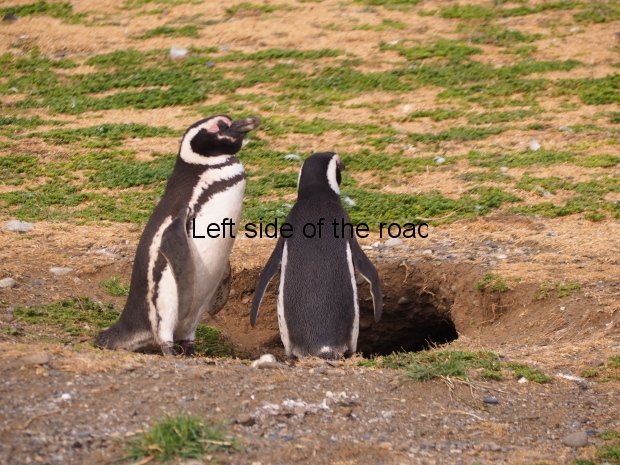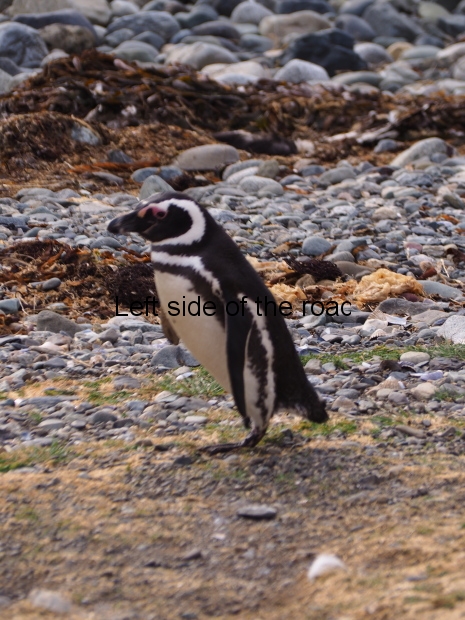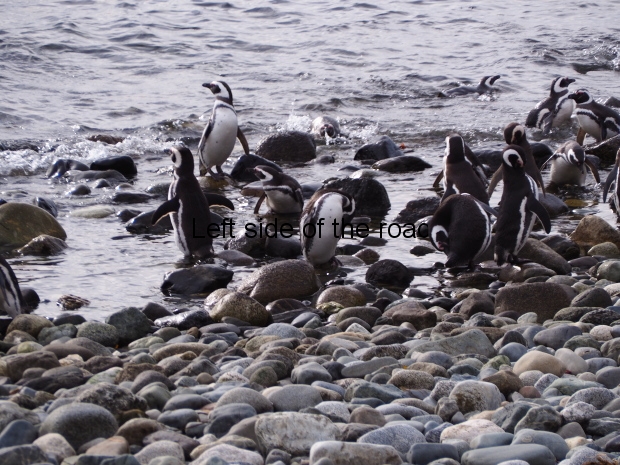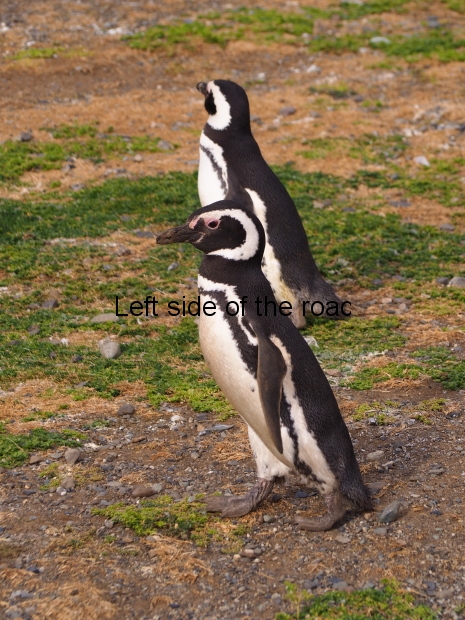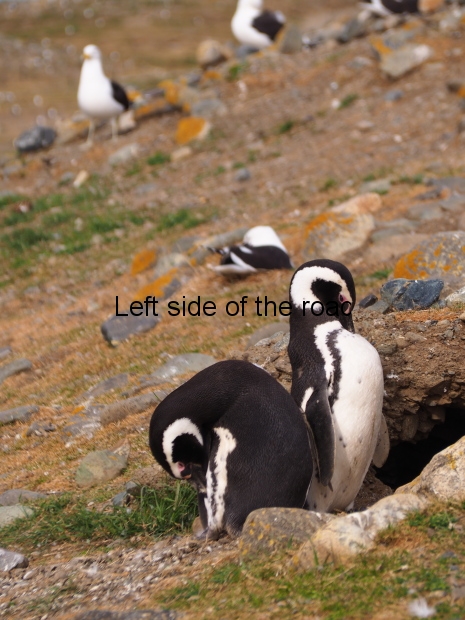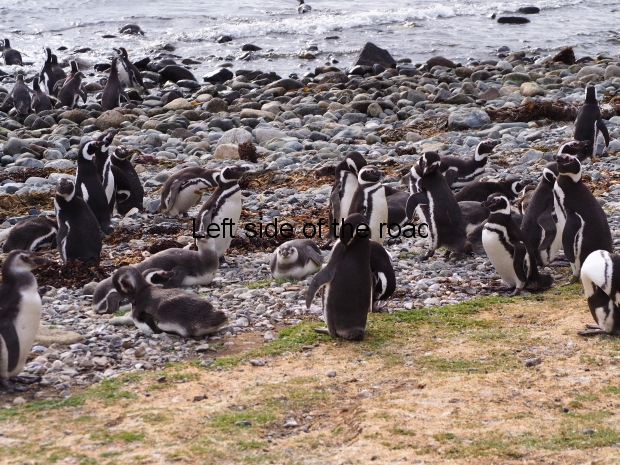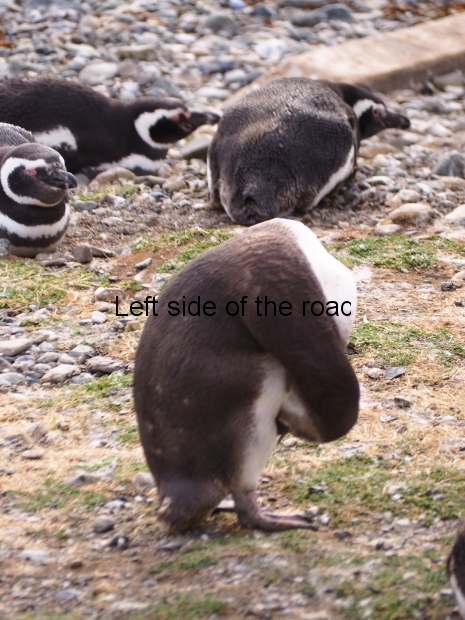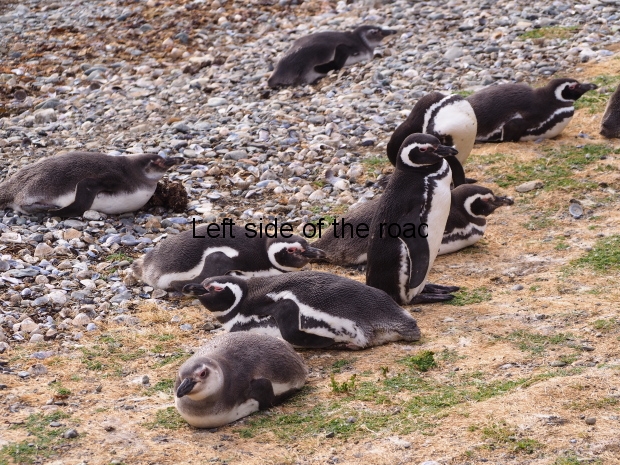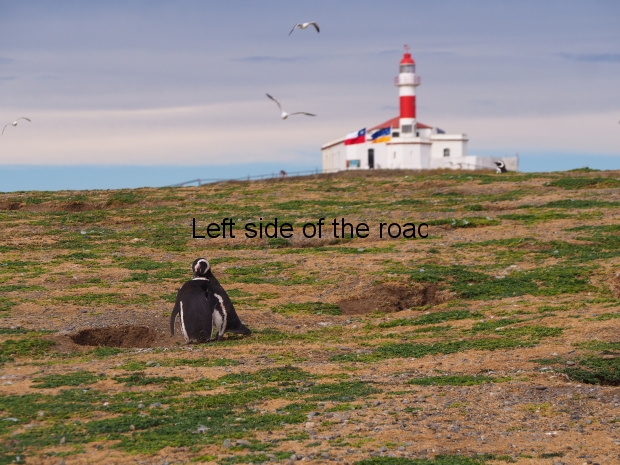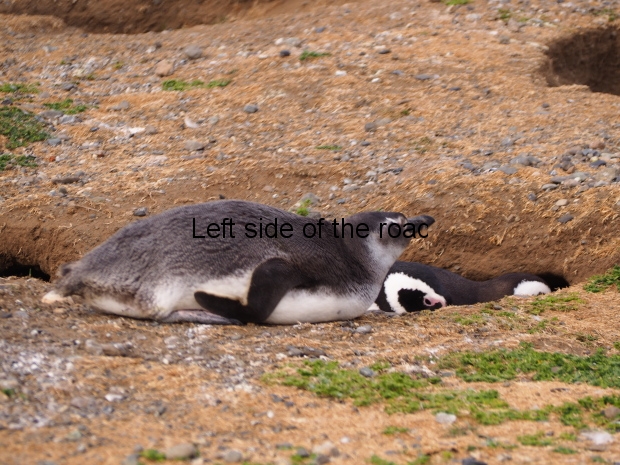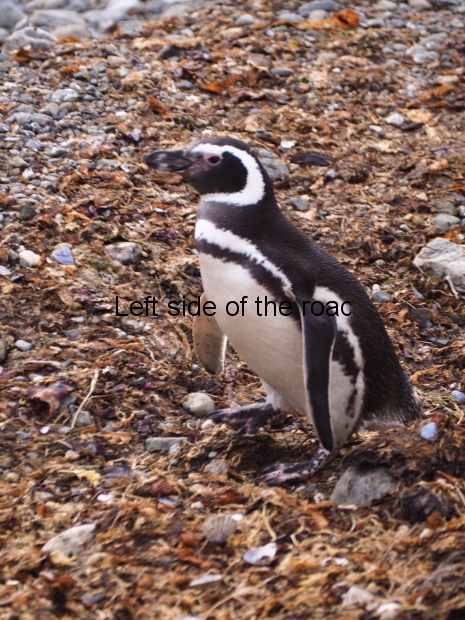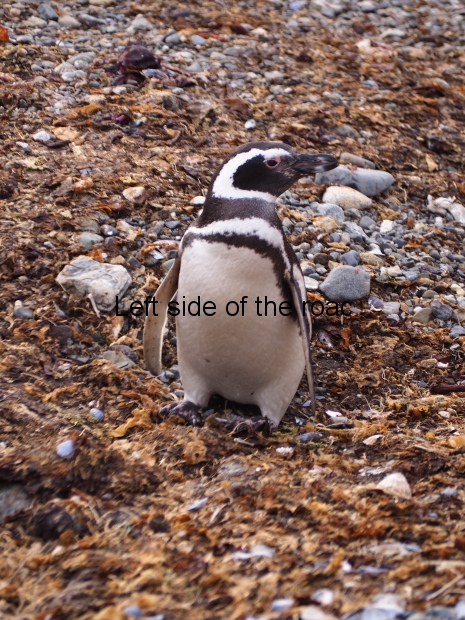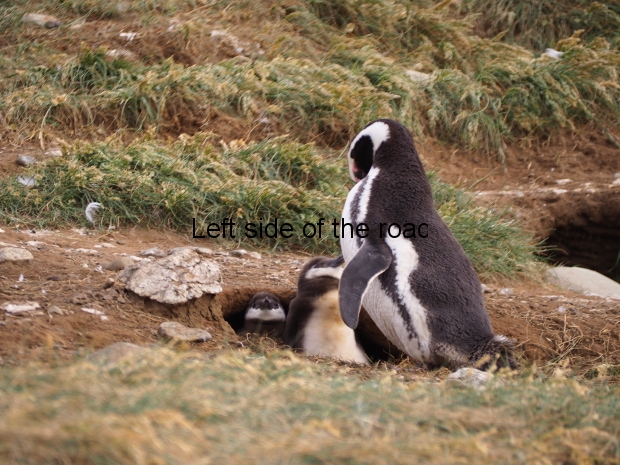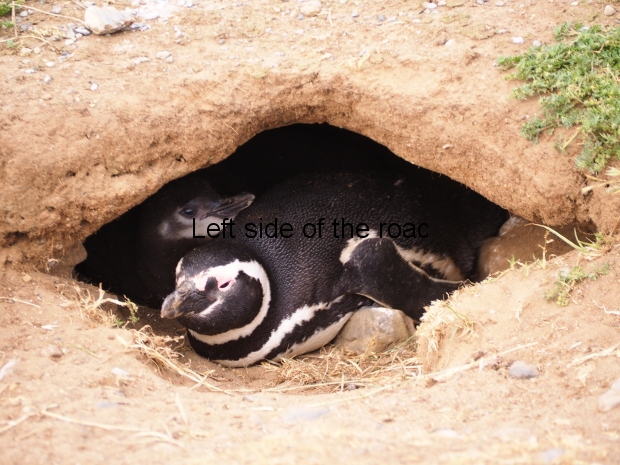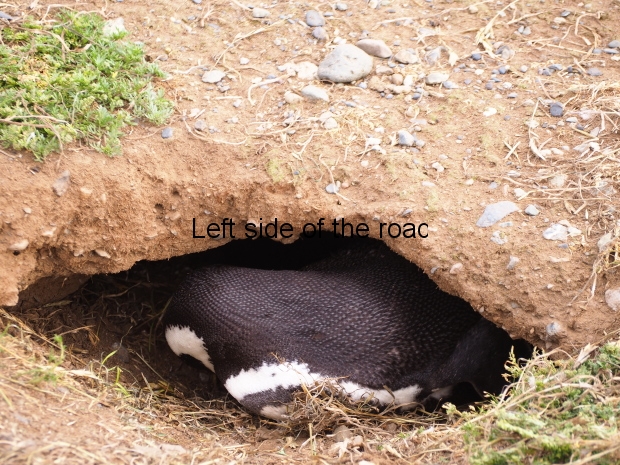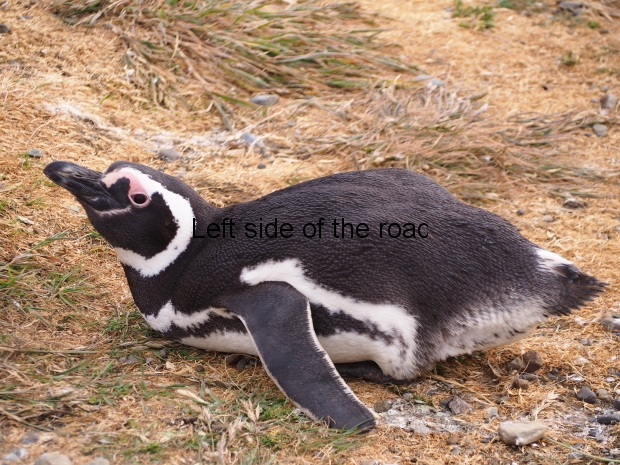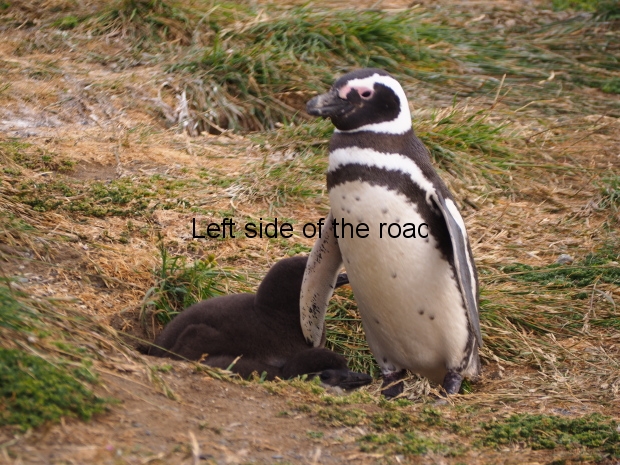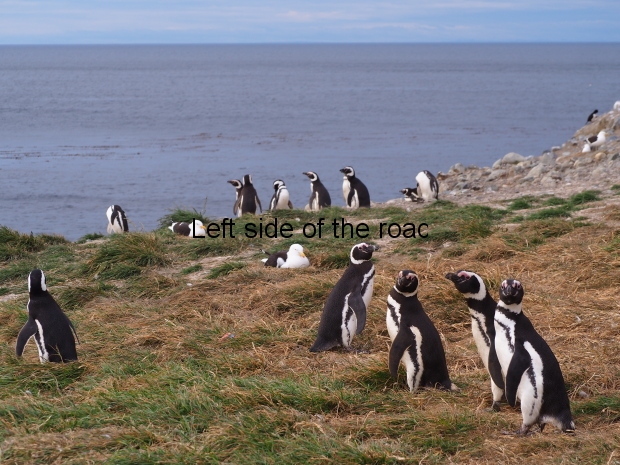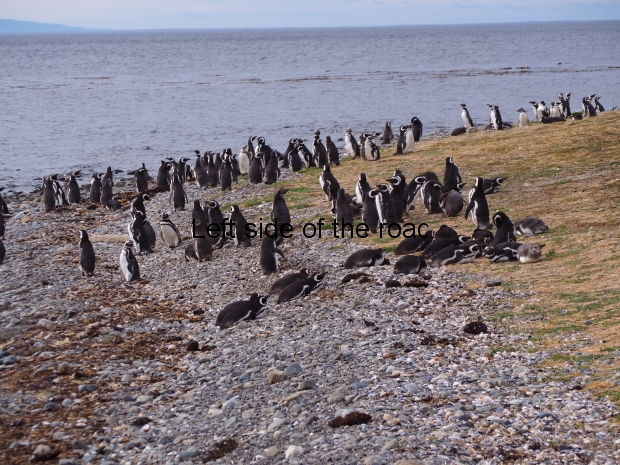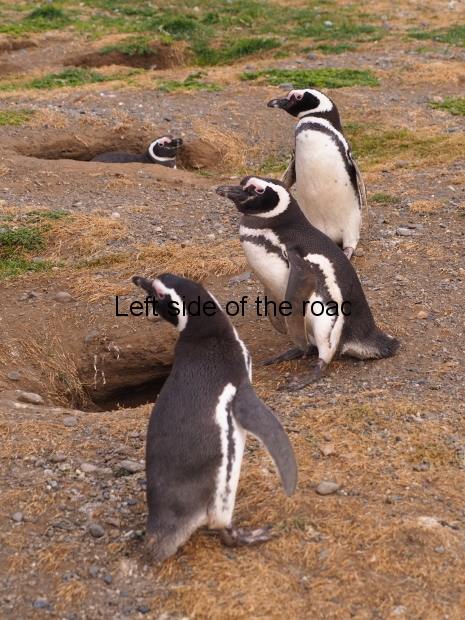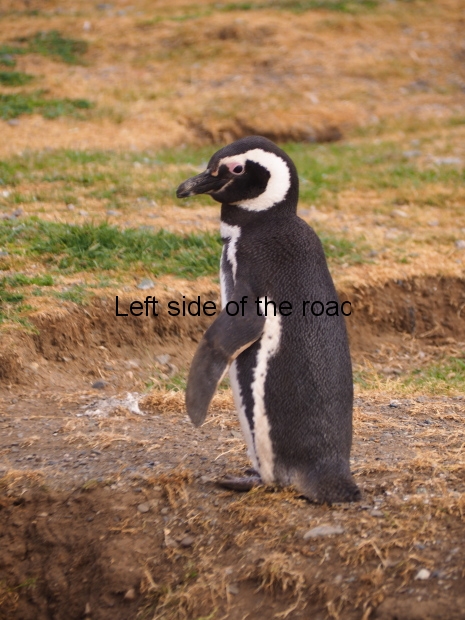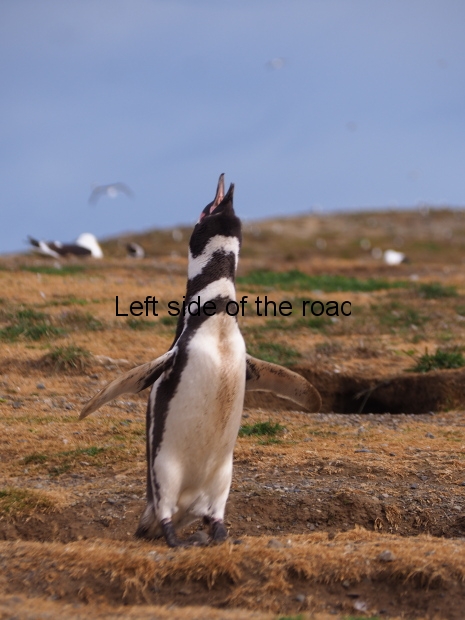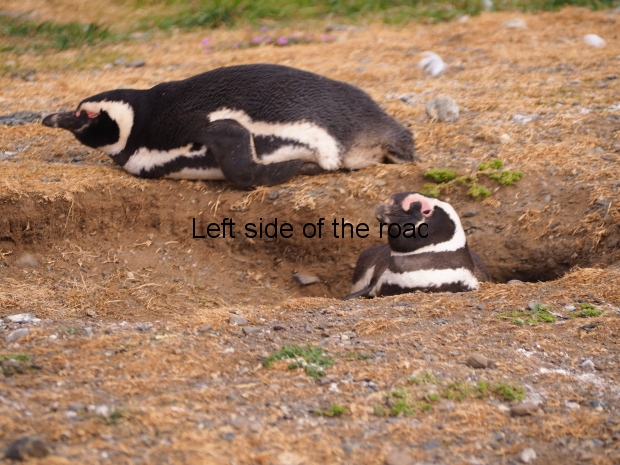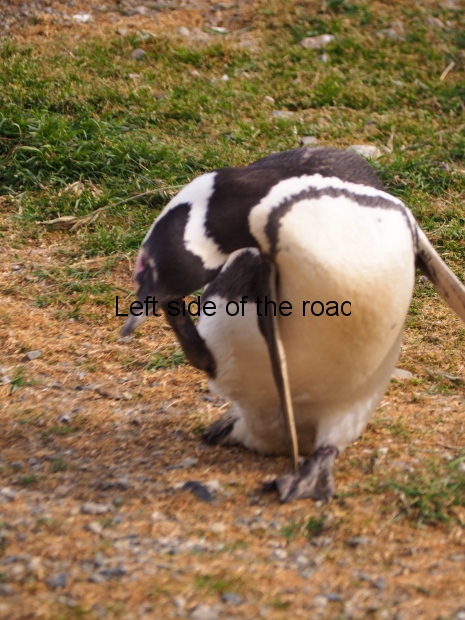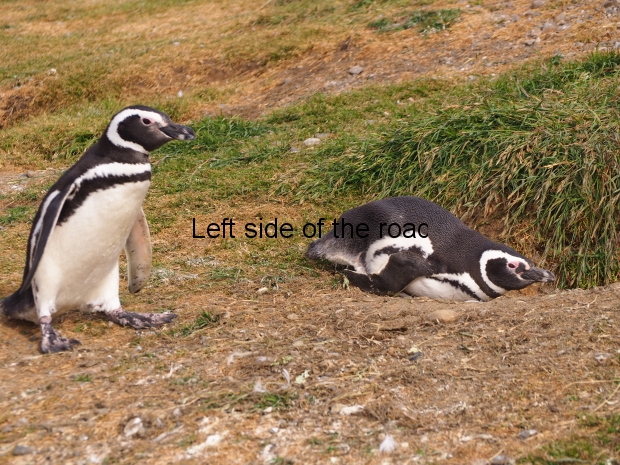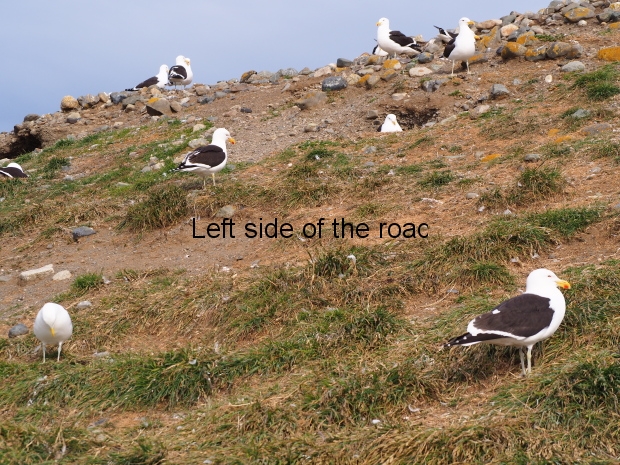
Isla Magdelena Penguin Colony
Penguin Island (Isla Magdalena)
I don’t intend to write much about this – my knowledge of penguins is far from being at the level of an expert. All I intend to do is to give up to date information about the possibilities of seeing these charming creatures in their own environment. It’s not difficult to do so, all you need to do is part with a not inconsiderable amount of cash to some tourist agency in the city of Punta Arenas.
There are a number of places where it is possible to visit the nesting Magellan Penguins just after their chicks have hatched in Chile and Argentina. This includes Cabo Virgenes (close-ish to Rio Gallegos – Argentina) but this becomes expensive unless you are travelling in a small group and other options if you are heading down south to Ushuaia. However, there is a very established infrastructure in Punta Arenas (Chile) to get people from the city on to the island that makes it an easy option.
Yes, there are a lot of people (more than a hundred from the agency I chose when I made the visit) but when you actually land on the island and people start to spread out the numbers aren’t really that obvious.
Practical Information
How to book
All hostels and hotels will have some sort of an arrangement with a tour operator who provides such tours. They might vary slightly in cost and what they offer but the ‘bare bones’ tour will be the most favoured. You can go directly to an agency (I went to ‘Solo Expediciones at José Nogueira 1255, just a block or two down from the main square in Punta Arenas) but everything is much of a muchness.
Cost
Chilean Pesos = 63,000 (about £75.00)
What do you get for that?
Less time in bed for a start. You have to be at the agency location for 06.30. You will get dropped off in town about 5 hours later.
(I asked about later tours but was told there were only the crack of dawn starts. However, when the mass group of early risers arrived back at the pier there was a smaller group waiting to get on the same boats. It might have been a private tour but it does indicate that later starts are not impossible.)
If you book through your hostel/hotel you might be picked up and taken to the agency, if not it might mean a shortish walk. You jump on one of a fleet of buses and are taken to a private pier about 25 minutes from the centre of Punta Arenas – just after the airport on the road to Puerto Natales/Rio Gallegos.
You will be distributed between the boats available. I don’t think there will ever be a time when they turn people away. Your life jacket has the name of the boat you are on written on the back. If you can’t see behind yourself just look at the colour of the vest.
There’s a journey of about 40 minutes to the Isla Magdalena. Once there you will have about an hour on land. That’s more than enough to get close to the penguins who don’t seem to care at all about the invasion of these strange creatures. The fact they are not threatened any more than by a camera lens probably helps.
You are restricted in the route you take, it all being laid out in a roped walkway.
Once back on board you can have a free cup of tea/coffee/hot chocolate and then you are off to the next island. This time for sea lions, about 15-20 minutes away.
How long you stay there will be very dependent upon the weather. Although a relatively benign day when we started the waves started to get somewhat choppy by the time we arrived at the sea lion colony. There was an immediate restriction on where people could stand to have a look at the animals as they lay on the beach or played around in the sea. That meant we were only there for a few minutes – drowned tourists aren’t good for business.
Then it’s back to the pier (about 40 minutes) and on the bus again to be dropped off in the centre of town.
Is it worth it?
If you’ve never actually ‘walked with penguins’ then I would say, yes. I don’t know if you would gain much if you had done so before. Such an experience is for those who want to study their habits and lifestyle and turn it into a career. Although the penguins might be of a different breed once you’ve seen a penguin colony you’ve very much seen them all. (The survival technique in one of the BBC programmes when there’s a sharing of collective warmth at the height of an Antarctic winter being an exception.)
It costs too much and I can’t afford it
On the day I travelled no one even was concerned about looking at the voucher let alone making sure it was valid for that day and time. So you know what was issued this is a picture of the voucher.
Enough of the words, now to the picture gallery – with a few pictures of sea lions from a boat on a choppy sea.
Although nothing to do with Magdelena Island, or even the Magellanic Penguins this video from the BBC is worth a watch.

